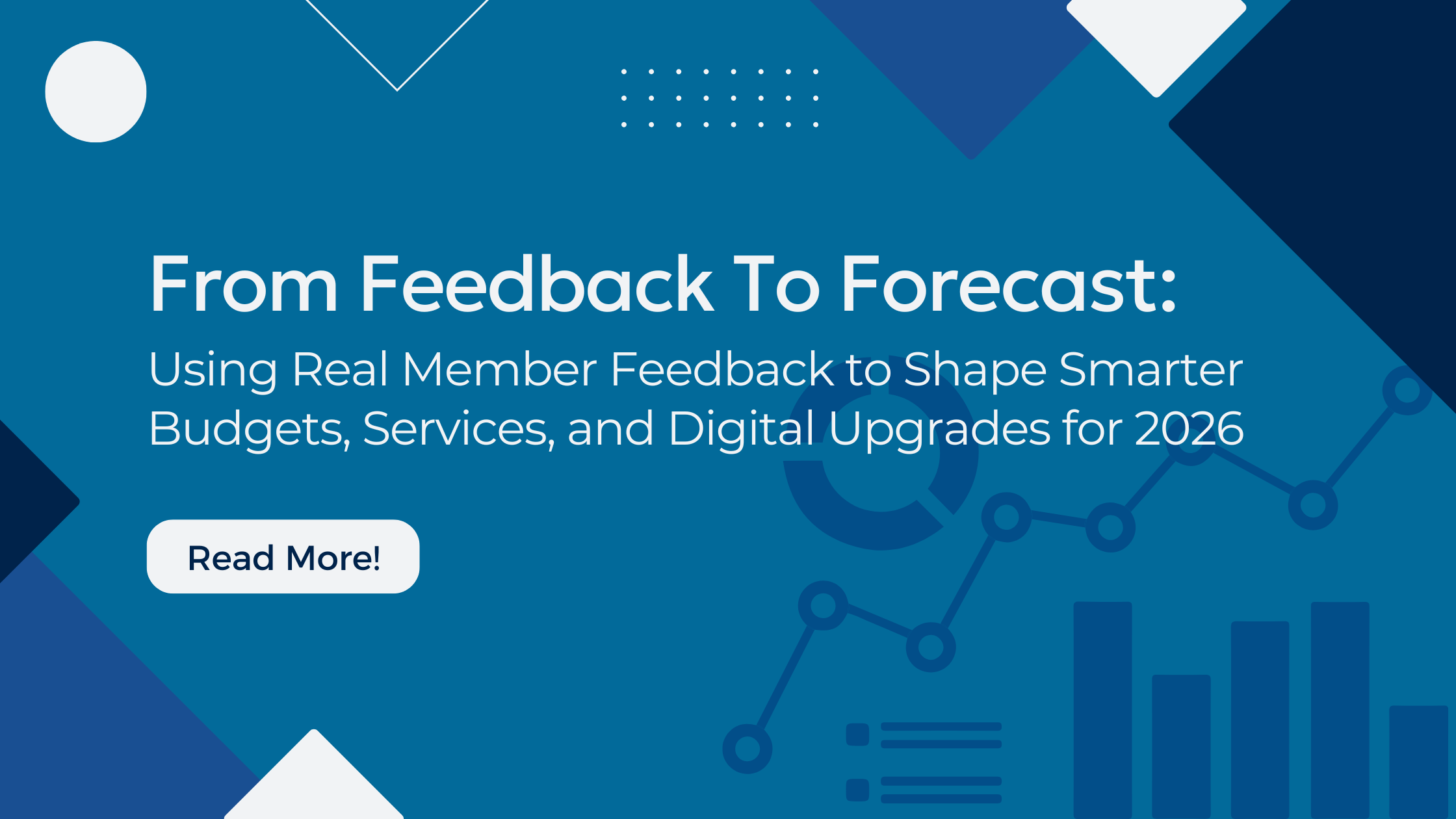If you’re familiar with surveys, then you’ve probably heard the term “survey fatigue.” But what is it? How does it impact your survey responses? And is there any way to prevent it?
Customer and member feedback is paramount to delivering consistently great experiences. And, most organizations that thrive on relationships and loyalty know how important surveys are for monitoring product and service satisfaction. But that means that more businesses are sending surveys…
What Is Survey Fatigue?
Survey fatigue is what happens when someone has “had it up to here” with a survey. They may stop caring in the middle of the survey, or they may choose to skip it altogether. Actually, that brings up an interesting issue:
In fact, there are two types of survey fatigue. Each type must be combatted differently.
1. Survey Response Fatigue
Survey response fatigue is what happens when respondents see a survey and think, “oh no! Not another survey!” They’ve probably already responded to a couple surveys that month, and they’ve run out of energy or patience for the constant requests for feedback.
2. Survey Taking Fatigue
Survey taking fatigue is what happens when a respondent is in the middle of taking a survey, but they decide that they want to stop. This often happens when the survey is too long, repetitive, or just not applicable to them.
How Does Survey Fatigue Affect Your Responses?
Survey fatigue impacts both the quantity and the quality of your survey data.
With survey response fatigue, you’ll likely see fewer responses. This is because the survey respondents don’t want to donate a couple minutes of their time to provide feedback. They often feel that surveyors are asking too much of them. Survey response fatigue thus results in a lower quantity of data.
With survey taking fatigue, you’ll likely see skipped questions or less-accurate responses. This is because respondents get bored or frustrated mid-survey, so they speed through it quickly, skipping questions or taking less time to answer them faithfully. Survey taking fatigue thus results in lower quality data.
Six Tips to Reduce Survey Fatigue
There are a few things you can do for each type of survey fatigue. Following these easy bits of advice will seriously improve your survey response rates and quality.
A. Tips to Reduce Survey Response Fatigue
If you’re concerned that people will ignore your survey, these tips will help you increase your response rates and lower survey response fatigue.
- Don’t survey too often. Although it’s tempting to ask your members about every interaction, don’t. 45 days is about the shortest you should wait between surveys. 90 days is safer. Some research institutes recommend surveying only once or twice per year!
- Explain why the survey is important. If you give people a good reason to respond, they’re more likely to donate time. If you briefly outline why you’re surveying and what you’ll use the data for, they might be happy to help you out.
- Be polite. Some brands can get away with flippant attitudes, especially if it’s part of their marketing strategy. Most organizations—including credit unions—will be better served by being polite, gracious, and courteous. Say “please” and “thank you.” You’ll catch more flies with honey than you will with vinegar.
B. Tips to Reduce Survey Taking Fatigue
If you’re worried that people will stop caring about your survey after a couple questions (or minutes), then these tips will help you get more thoughtful, accurate data.
- Keep your surveys short. If your survey would take up more than two pages, it’s probably too long. Show your members that you value their time as well as their feedback and keep your surveys brief. The sweet spot seems to be 3–10 questions.
- Keep your questions simple. Don’t get all complicated. Do phrase things as plainly as possible. Don’t make people scroll through possible answers or write long responses. Do use recognizable answer formats and provide space for optional written feedback at the end.
- Don’t repeat yourself. Often, a topic has multiple angles. It can be tempting to try to figure out each angle. However, if your respondents get the impression that you’re asking the same question over and over again, they’ll check out. If you think a question sounds repetitive, then it almost certainly is. Leave it off.
Further Reading
If you’d like to read more about credit union survey tips and strategies, subscribe to our blog. Or follow the links below to learn more about how to optimize your survey outreach and responses.
Credit Union Survey Strategy Tips: How Often to Survey Your Members




